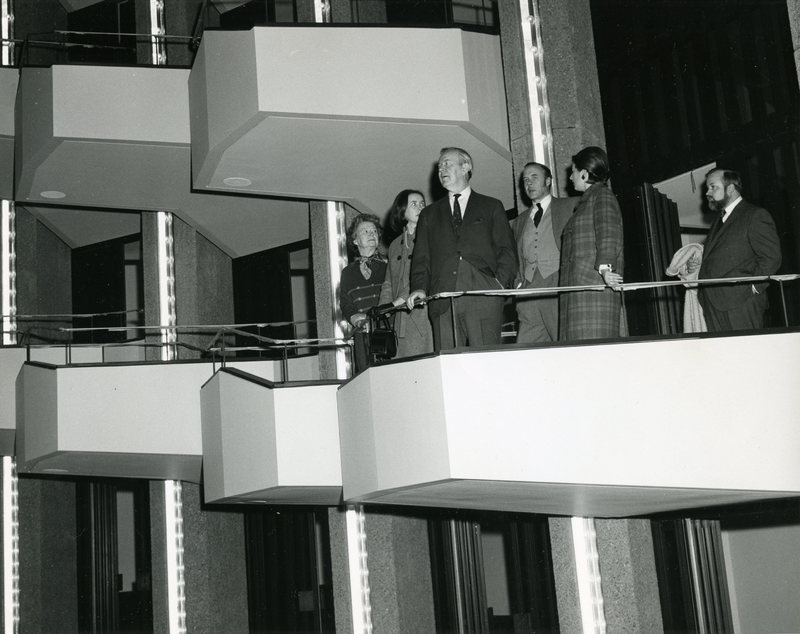The Need for an Opera Hall in Ottawa
Prior to the completion of the National Arts Centre in June of 1969, large concert hall venues were non-existent in Ottawa. Touring symphonies, ballets, musical theatre productions and opera productions had to compromise with makeshift concert venues such as motion picture theatres or school gymnasiums (Jennings 2009, 18). The Canadian national capital music venues were incredibly lacking in comparison to other large cities. G. Hamilton Southam was passionate about the performing arts, especially opera, and he used his affluence to gain the support of eloquent people in Ottawa including Prime Minister Lester B. Pearson (Jennings, 9).
“Facilities for the performing arts in the National Capital area are poor in comparison to other world capitals and other Canadian cities and are inadequate for existing activities.”
-The "Brown Book"
The National Capital Arts Alliance formed in 1963 and was directed by Southam with its purpose being to create a center for the performing arts for Canada in its capital city (Jennings, 15 ). The lack of a great music hall would be addressed in the construction of this new establishment along with venues for theatre, and dance. The Alliance released a study in 1963, colloquially known as “The Brown Book”, to identify the current lack of performance venues in Ottawa and how that has a negative impact on the National Capital as well as the rest of Canada.
“Facilities in the National Capital are inadequate for ballet, symphony, and opera… This discourages development of the performing arts.”
-The "Brown Book"
After surpassing many obstacles, including running more than 33 million dollars over budget and two years late on construction, the NAC opened its doors to the public on June 2, 1969 (Jennings, 9-10). Ottawa now had an amazing establishment for the performing arts of a very high caliber and a new orchestra was in the making.

